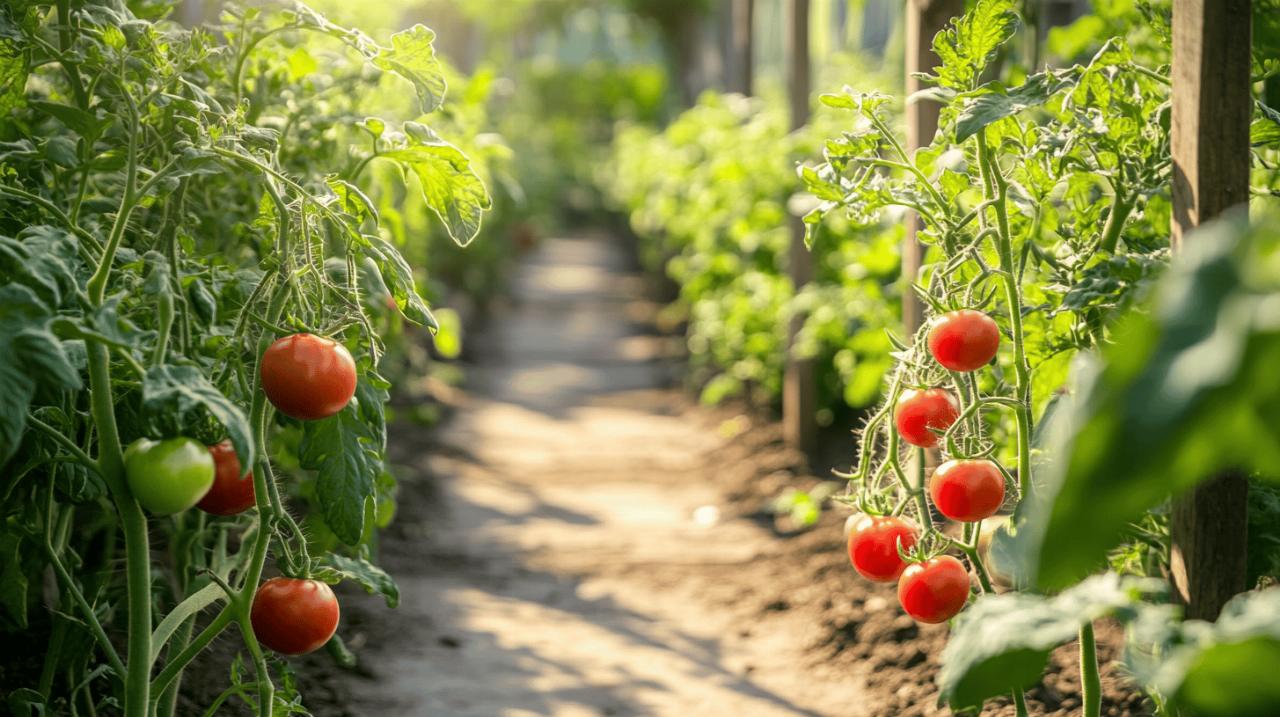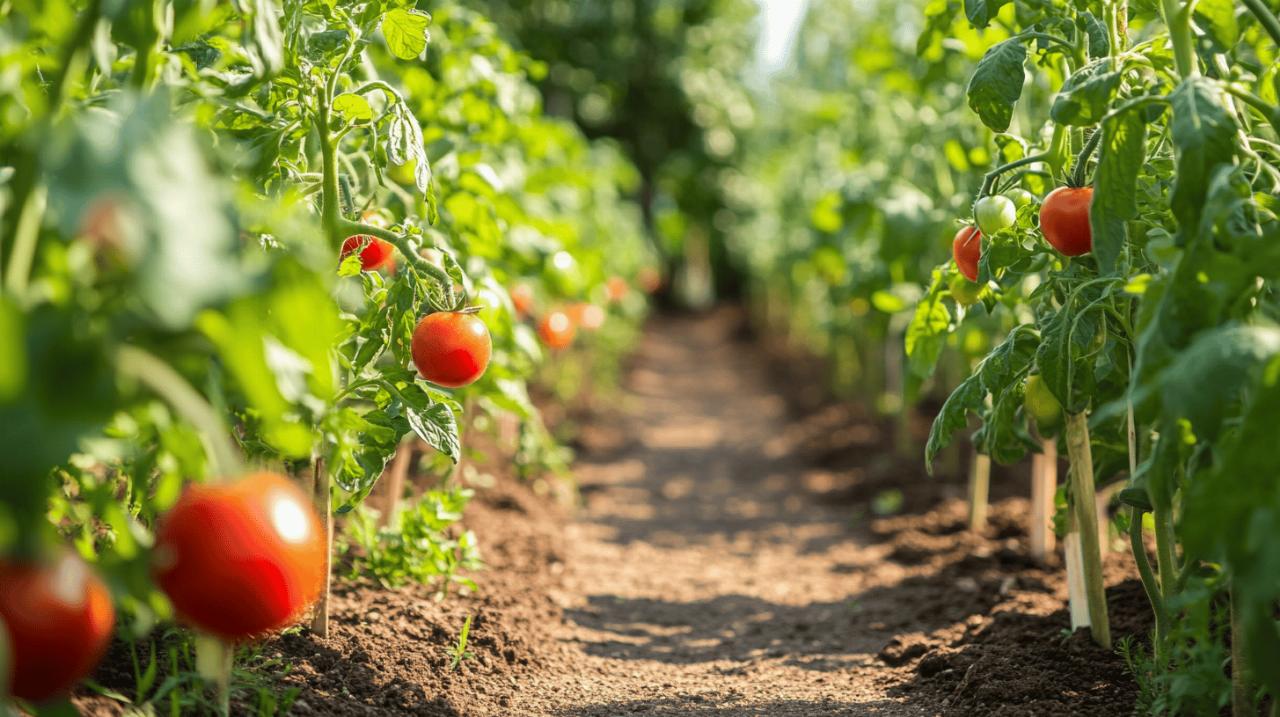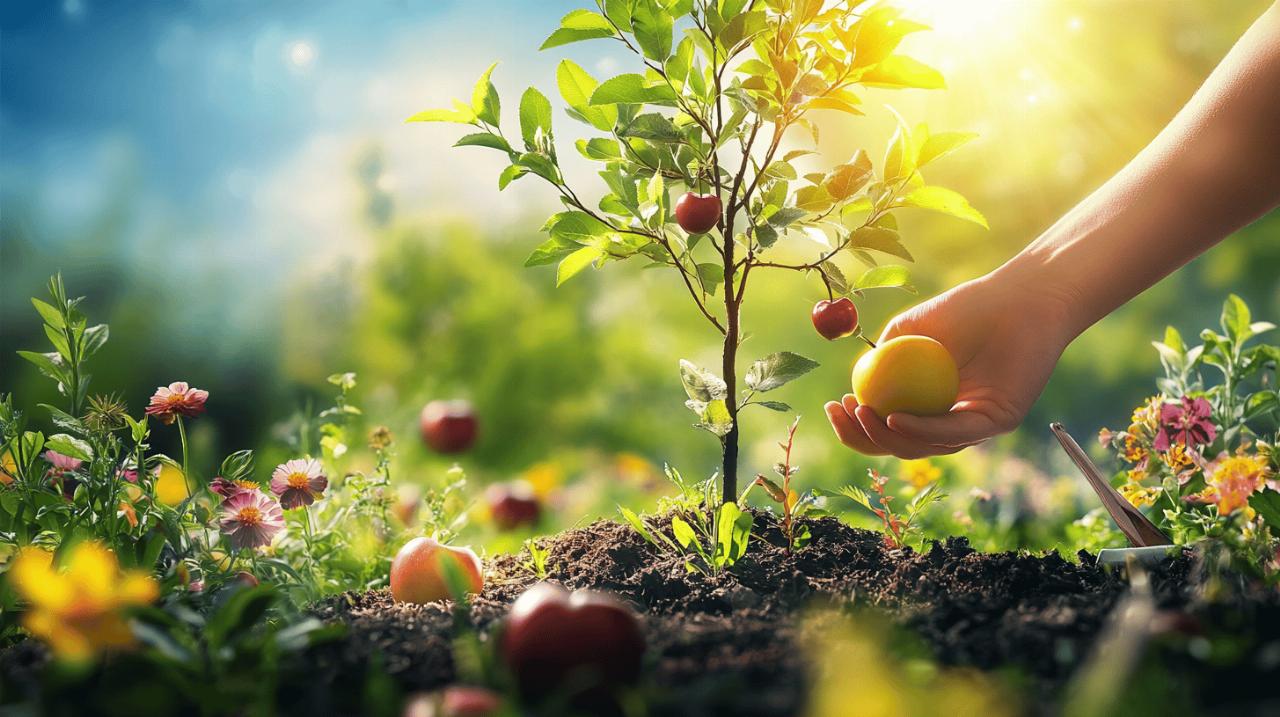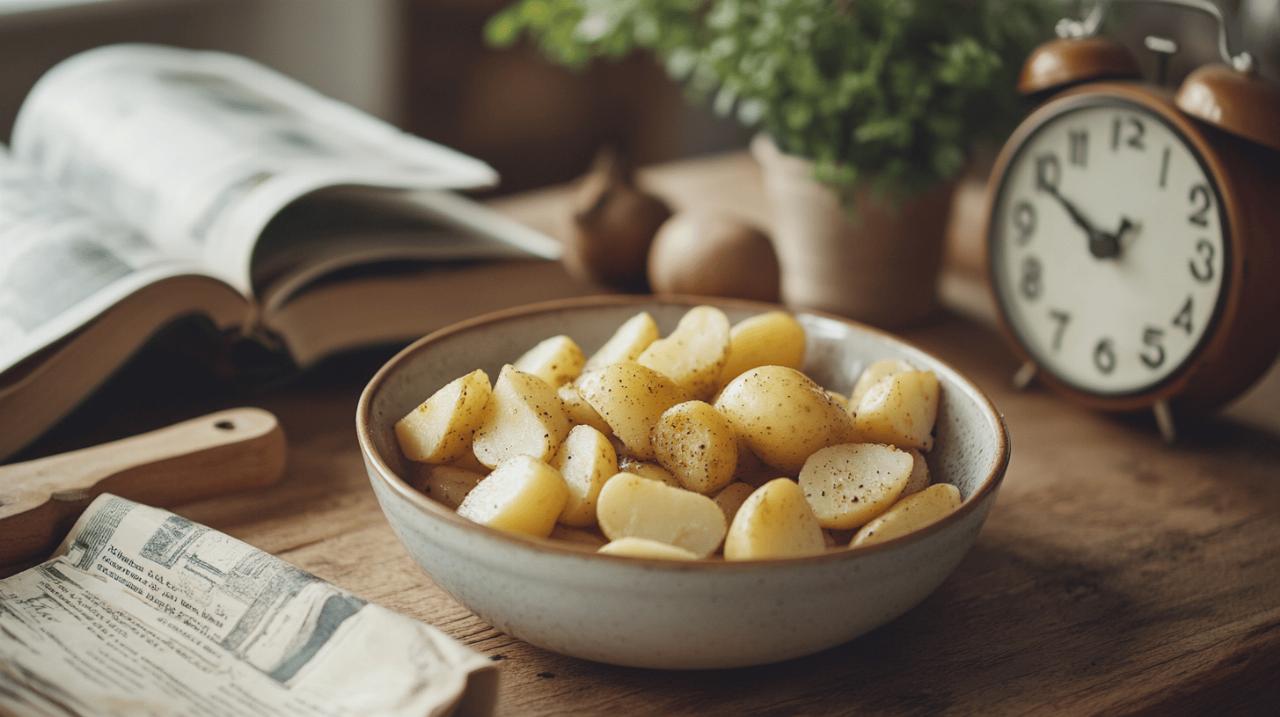Growing tomatoes successfully in the United Kingdom often comes down to understanding how to make the most of limited garden space whilst ensuring each plant thrives. Many gardeners wonder about the optimal number of tomato plants that can flourish within a single square metre, particularly when aiming for an extended harvest through succession planting. The answer, whilst straightforward in principle, involves careful consideration of plant varieties, spacing requirements, and the overall health of your tomato crop. Balancing density with plant wellbeing is the secret to a bountiful and continuous supply of fresh tomatoes throughout the growing season.
Understanding tomato varieties and their spatial requirements
Selecting the right tomato variety is the foundation of a successful growing strategy. Not all tomatoes are created equal when it comes to their spatial needs, and recognising these differences will guide you in determining how many plants can comfortably occupy a square metre. The two primary categories to consider are determinate and indeterminate varieties, each with distinct growth habits that directly influence planting density.
Determinate versus indeterminate: what's right for your growing space
Determinate tomatoes, often referred to as bush varieties, grow to a predetermined height and then stop, typically reaching around one to one and a half metres. These compact plants produce their fruit in a concentrated period, making them ideal for gardeners seeking a single, substantial harvest. Because of their bushy, self-contained growth, determinate varieties require less vertical space and can be planted more closely together. On the other hand, indeterminate tomatoes are vigorous climbers that continue growing and producing fruit throughout the season until the first frost. These vine types can stretch well beyond two metres if left unchecked, demanding more vertical support and horizontal space. Their sprawling nature means they need room to breathe, and overcrowding will quickly lead to competition for light and nutrients. Understanding whether you are working with determinate or indeterminate varieties is essential before you decide on plant numbers per square metre.
Matching variety selection to your square metre allocation
When planning your tomato bed, match the variety to the space available. If you have a compact raised bed or a small allotment plot, determinate varieties such as cherry or plum tomatoes are often the better choice. Their compact growth allows you to fit more plants into a confined area without sacrificing health or productivity. For instance, with smaller bush varieties, you might successfully grow three or even four plants per square metre, provided you maintain good airflow and sunlight penetration. Conversely, if you favour larger beefsteak or heirloom indeterminate varieties, restricting yourself to one or two plants per square metre is wise. These vigorous growers demand ample space to spread their foliage and develop robust root systems. Cramming too many into a limited area will result in smaller fruit, increased disease risk, and a frustrating harvest. Matching your variety selection to the spatial allocation ensures each plant receives the resources it needs to flourish.
Optimising Plant Density for Maximum Yield and Health
Achieving the perfect plant density is a delicate balance between maximising yield and safeguarding plant health. Whilst it might be tempting to squeeze in as many tomato plants as possible, overcrowding can backfire, leading to stunted growth and disappointing harvests. Understanding the science behind proper spacing and calculating the ideal number of plants per square metre will help you optimise your growing area effectively.
The science behind proper spacing and air circulation
Adequate spacing is crucial for promoting healthy tomato plants. When plants are too close together, their foliage overlaps, creating a humid microclimate that is a breeding ground for fungal diseases such as blight and powdery mildew. Good air circulation, facilitated by proper spacing, allows moisture on leaves to evaporate quickly, reducing the risk of infection. Additionally, sufficient space ensures that each plant receives enough sunlight, which is vital for photosynthesis and fruit development. Crowded plants compete for light, with lower leaves often shaded out and unable to contribute to the plant's energy needs. This competition extends below ground as well, with root systems vying for water and nutrients in the soil. When roots are cramped, plants struggle to access the resources they need, resulting in slower growth and reduced yields. By providing adequate space, you enable each tomato plant to develop a strong root system, access ample sunlight, and enjoy the airflow necessary to stay healthy and productive.
Calculating the Ideal Number of Plants Per Square Metre
So, how many tomato plants should you actually plant per square metre? For smaller, bushier determinate varieties, such as compact cherry or Roma tomatoes, you can generally plant three to four plants per square metre. This density allows for adequate airflow and sunlight penetration whilst maximising the use of available space. However, for larger indeterminate varieties, such as beefsteak or traditional heirloom types, it is best to limit yourself to one or two plants per square metre. These vigorous growers need room to expand both above and below ground, and providing this space will result in healthier plants and a more abundant harvest. A helpful rule of thumb is to consider the mature width of the plant and ensure that foliage does not excessively overlap with neighbouring plants. Staking or caging indeterminate varieties also helps manage their vertical growth, allowing you to maintain proper spacing even as they climb. Ultimately, the goal is to give each plant enough room to thrive without wasting valuable garden space.
Disease prevention through strategic planting arrangements
 One of the most significant benefits of proper spacing is disease prevention. Tomatoes are susceptible to a range of fungal infections and blights, many of which thrive in humid, poorly ventilated conditions. By arranging your plants strategically and maintaining adequate space between them, you can significantly reduce the risk of these diseases taking hold in your garden.
One of the most significant benefits of proper spacing is disease prevention. Tomatoes are susceptible to a range of fungal infections and blights, many of which thrive in humid, poorly ventilated conditions. By arranging your plants strategically and maintaining adequate space between them, you can significantly reduce the risk of these diseases taking hold in your garden.
How adequate spacing reduces fungal infections and blight
Fungal diseases such as early blight, late blight, and septoria leaf spot are among the most common afflictions facing tomato growers in the UK. These pathogens flourish in environments where moisture lingers on plant foliage, often due to overcrowding and poor air circulation. When tomato plants are spaced too closely, their leaves touch and create a damp, enclosed environment that is ideal for fungal spores to germinate and spread. Adequate spacing, by contrast, allows air to move freely between plants, drying out leaves more quickly after rain or watering. This simple measure dramatically reduces the likelihood of fungal infections establishing themselves. Furthermore, good spacing makes it easier to inspect your plants regularly, allowing you to spot early signs of disease before they become widespread. If you do notice any yellowing leaves, unusual spots, or wilting, you can promptly remove affected foliage or treat the plant, preventing the problem from spreading to neighbouring plants. In essence, proper spacing is one of the most effective and easiest preventative measures you can take to keep your tomatoes healthy.
Monitoring plant health and early warning signs
Regular monitoring of your tomato plants is essential for catching potential problems early. Keep an eye out for signs of trouble such as yellowing leaves, brown or black spots, wilting stems, or any unusual discolouration. These symptoms can indicate a range of issues, from fungal infections to nutrient deficiencies or pest infestations. By maintaining adequate spacing, you make it easier to access each plant for close inspection. Walk through your garden regularly, checking both the upper and lower leaves, and looking for any changes in plant appearance. If you spot a problem early, you can take corrective action quickly, whether that involves removing affected leaves, adjusting watering practices, or applying an organic fungicide. Early intervention is key to preventing minor issues from escalating into major setbacks that could compromise your entire crop. Additionally, maintaining good garden hygiene, such as removing plant debris and practising crop rotation, further supports disease prevention efforts. Healthy plants are more resilient and better able to resist disease, so investing time in monitoring and care pays dividends throughout the growing season.
Succession planting techniques for continuous tomato harvests
Succession planting is a clever technique that allows you to enjoy a steady supply of fresh tomatoes over an extended period rather than a single overwhelming glut. By staggering your planting times and carefully managing your garden space, you can ensure that new plants are always coming into production as older ones finish their cycle. This approach is particularly valuable for making the most of limited space and maximising your overall harvest.
Timing your plantings for extended seasonal production
The key to successful succession planting is timing. Rather than sowing all your tomato seeds at once, start a few plants every two to three weeks from early spring through to early summer. This staggered approach means that as one batch of plants reaches maturity and begins to decline, another is just coming into its prime. Begin by starting seeds indoors from February onwards, giving you a head start on the growing season. Once the risk of frost has passed and the soil has warmed, transplant your seedlings outdoors. Continue sowing new batches of seeds or purchasing young plants from a UK plant nursery throughout the spring and early summer. This continuous cycle ensures that you have tomato plants at various stages of growth, resulting in a prolonged harvest that stretches from mid-summer well into autumn. When planning your succession planting, consider the days to maturity for each variety. In the UK, it is wise to add a few extra weeks to the seed packet's estimate, particularly for plantings made later in the season when daylight hours are shorter. This adjustment ensures that your later plantings have enough time to mature before the cooler autumn weather sets in.
Balancing space management with harvest windows
Managing garden space effectively is crucial when practising succession planting. As early plantings finish producing and begin to decline, promptly remove spent plants to make room for new ones. This practice, sometimes referred to as garden renewal, keeps your growing area productive and prevents overcrowding. After pulling out old plants, amend the soil with compost or well-rotted manure to replenish nutrients and maintain soil health. This step is essential because tomatoes are heavy feeders, and successive plantings can quickly deplete the soil if not properly managed. Keeping the soil moist and shaded during the transition period helps new transplants establish quickly without stress. Additionally, consider intercropping or block planting techniques to maximise space. For example, you might plant quick-growing leafy greens or radishes in the gaps between tomato plants, harvesting them before the tomatoes need the extra room. This approach ensures that every square metre of your garden is productive throughout the season. By carefully balancing space management with harvest windows, you can enjoy a continuous supply of fresh tomatoes without overwhelming your garden or your kitchen. Succession planting transforms your growing space into a dynamic, ever-productive area that delivers fresh produce from early summer through to the first frosts of autumn.





